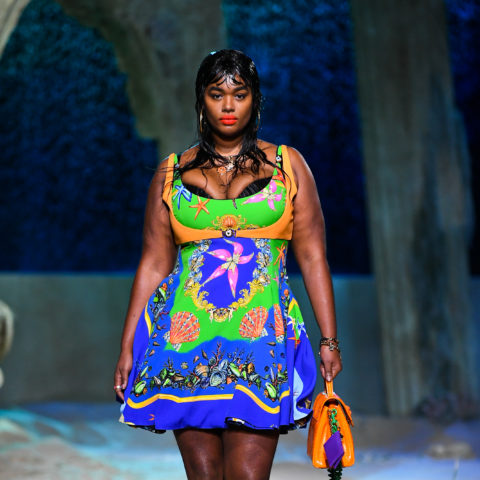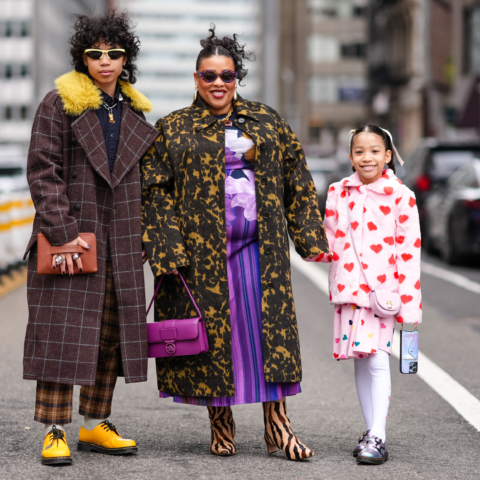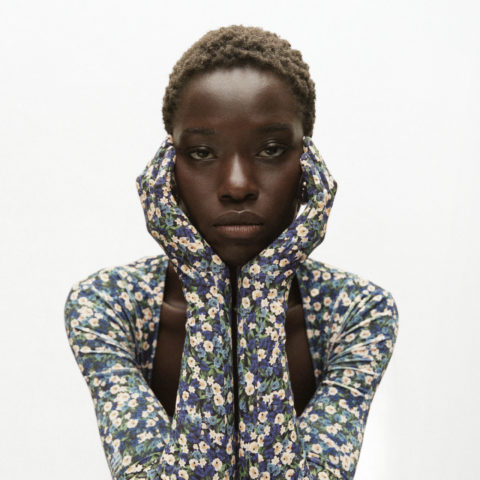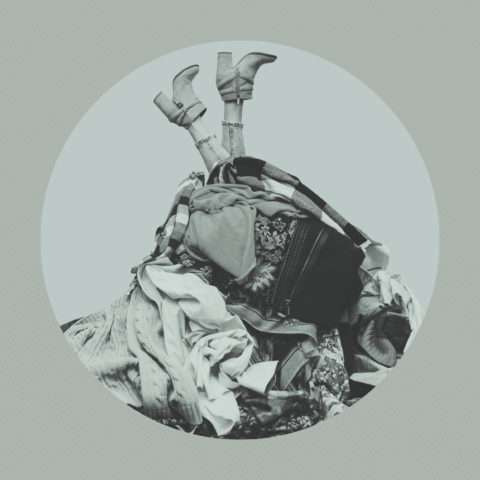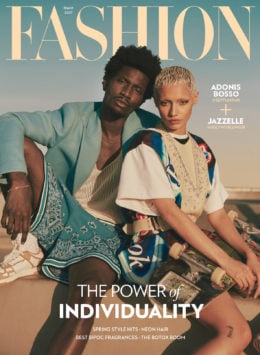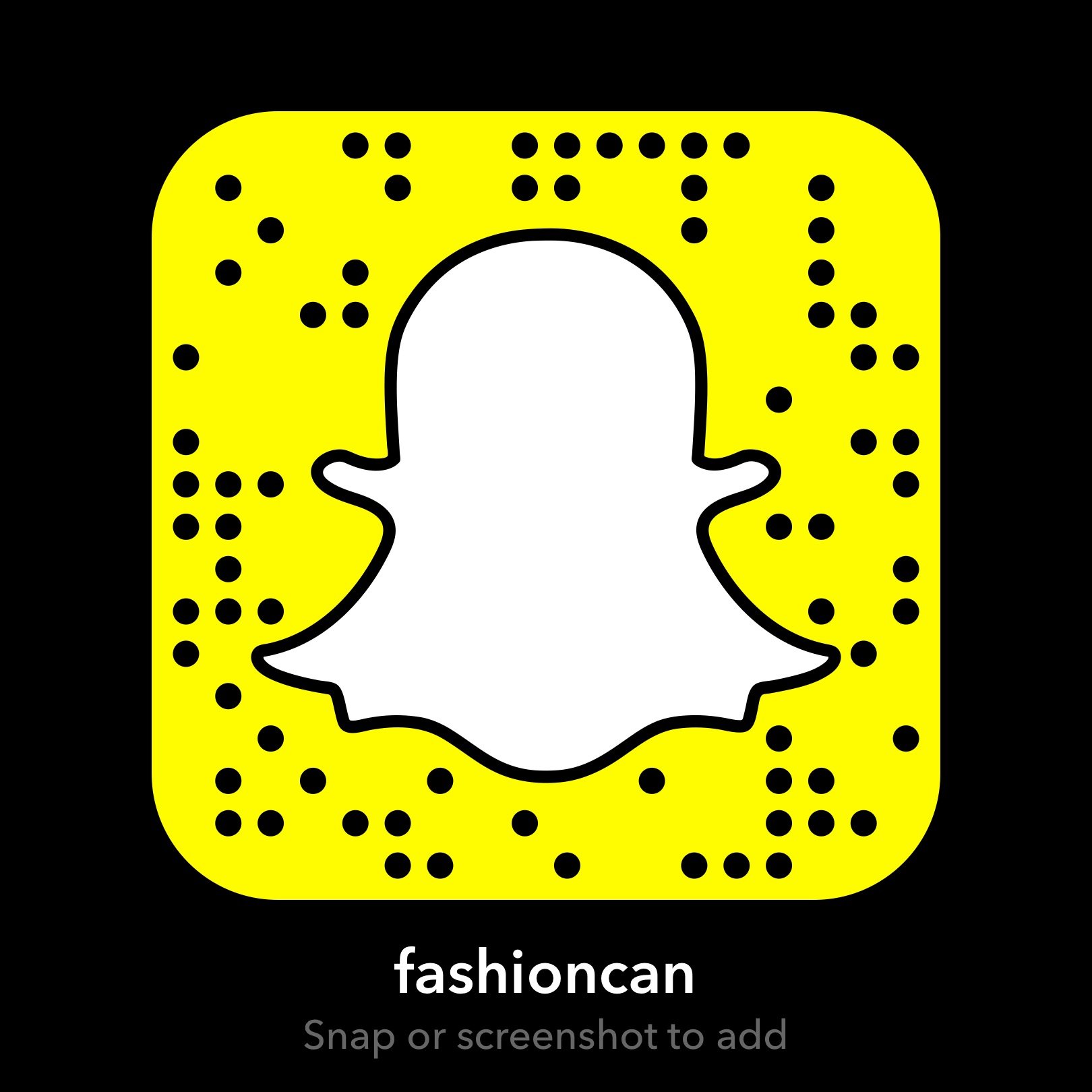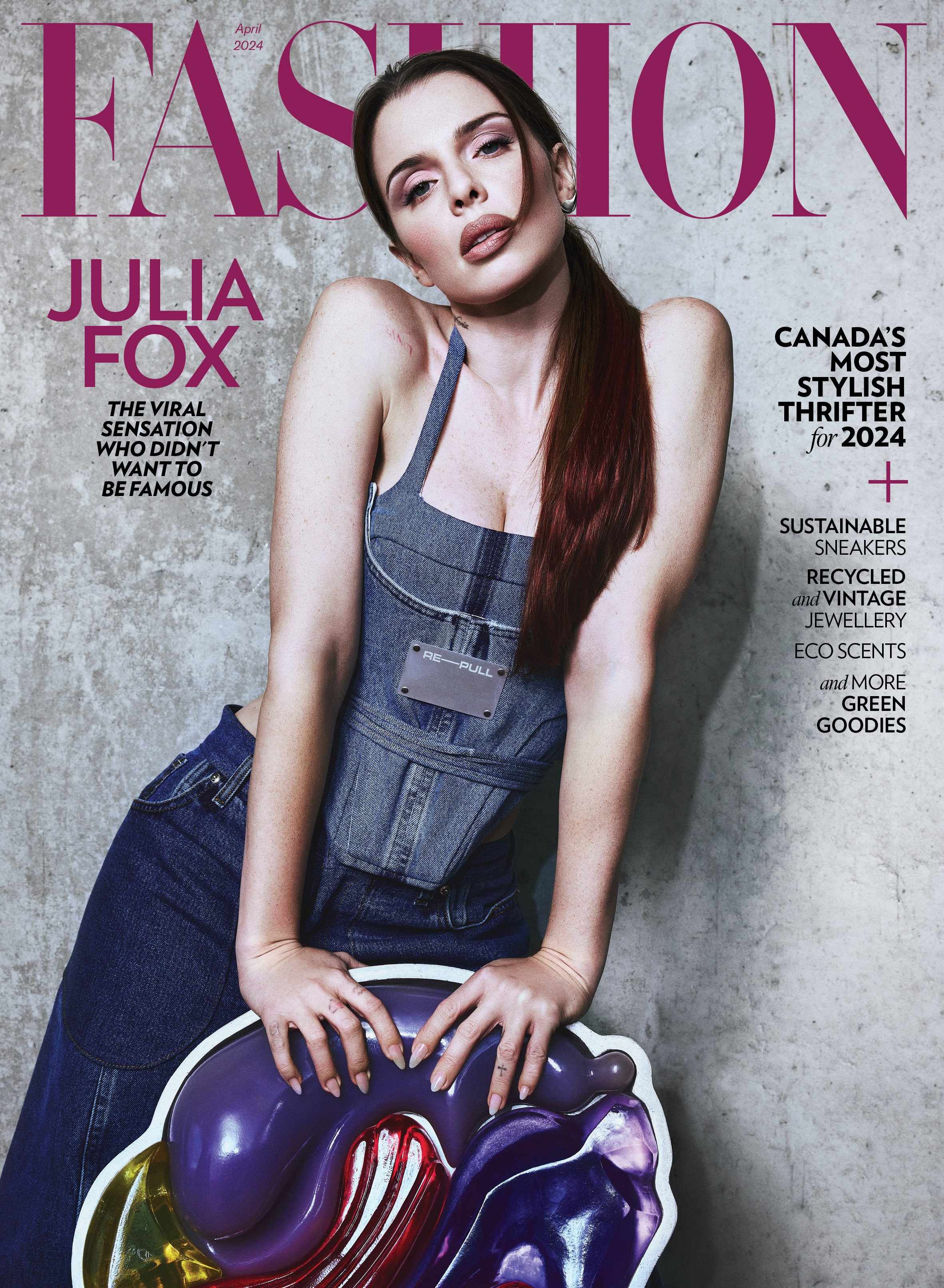Curve-Washing is the Illusion of Body Inclusivity
The harmful marketing tactic turns size diversity into a fantasy.
Are we really in the age of size inclusivity? As more curvy models appear on catwalks, magazine covers and brand campaigns, it would seem the answer to that question is “yes.” But when we see the marketing tactics at play behind such progress, it becomes performative at best, and fatphobic at worst. The sad truth is, the promise to cater to all shapes and sizes is merely a ploy for many brands. And it’s been given a name: curve-washing.
The retail strategy is pervasive but sometimes hard to spot. Curve-washing is when brands use body-positive language, marketing and imagery to appear inclusive when they are, in fact, not. We often see this when brands use size-diverse models in ad campaigns or on runways without actually selling those same sizes.
“I’m seeing [curve-washing] everywhere,” TikTok creator @hannahleelifestyle said in a recent video, pointing to an ad from swimsuit brand Youswim. The company features plus-size models on their website, but only offers up to a size 14. “I’ve been getting more and more ads like this, and I want to shop these brands. So I click on it, waiting for my size, size 20, and none of them ever have it.”
@hannahleelifestyle Curve washing… is everywhere #youswim #bodypositivity #inclusivesizing #inclusivity #bopobodpos #curvewashing #limitedsizes #plussizefashion #plussizecreator #size20
The body inclusivity movement has become more powerful over the years, forcing the fashion industry to represent all sizes or face public scrutiny. But instead of doing the work to enact real change, some labels have turned to tokenism. We see this when luxury brands create pieces for plus-size models, influencers and celebrities, but not for their own customers.
Model Paloma Elsesser went viral at the top of 2022 for wearing the trending Miu Miu micro-mini skirt, but it was created specifically for her and not made available to shoppers. Lizzo often wears custom Moschino pieces on the red carpet, but the brand doesn’t offer anything bigger than XL (size 14). Versace made headlines for casting curve models like Precious Lee on the runway in 2020, but real customers can only purchase up to a size 12.
Writer Gina Tonic calls this tactic “fat baiting,” and argues that it’s actually worse than when brands are openly exclusionary. “For fat people thinking these brands might cater to them, the eventual and oh so predictable let down feels more crushing than stumbling across brands that only share images of thin people wearing their clothes,” she writes in Refinery29.
With curve-washing, fashion brands can continue to operate unchanged while being applauded for their so-called representation. Take Old Navy. The retailer recently scaled back its body inclusive size range in stores less than a year after it launched. The BodEquality project promised to create a body positive shopping experience by stocking sizes 0-28 in all storefronts. But now, larger sizes are once again relegated to the online store, with the brand reportedly citing demand and supply chain issues as the reason for this change.
@emilyinidaho So bummed 🙁 do better @Old Navy Official We deserve to be able to shop in stores too! #plussize #plussizefashion #oldnavy #notimpressed #plussizetiktok #curvytiktok #curvewashing #backtrack
In other instances, product lines that claim to be made specifically for plus-size shoppers often don’t actually offer a full range of sizes. For instance, H&M’s ‘Body Collection’ claims to be “all about embracing every body.” But dresses and tops from the collection top out at XXL, or a size 18. In comparison, Lizzo’s shapewear brand Yitty offers up to a size 28.
Size diversity in clothing is an important practice in undoing the longstanding exclusion of larger bodies in fashion. And in the supposed era of body acceptance, true activism doesn’t wash over the truth.

